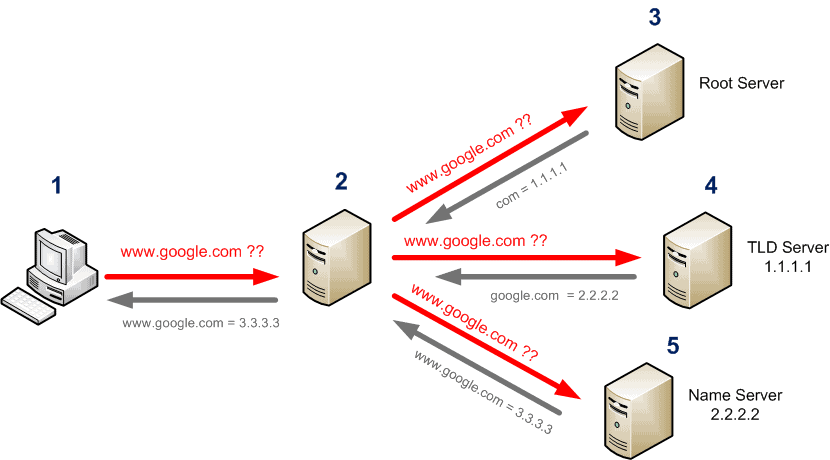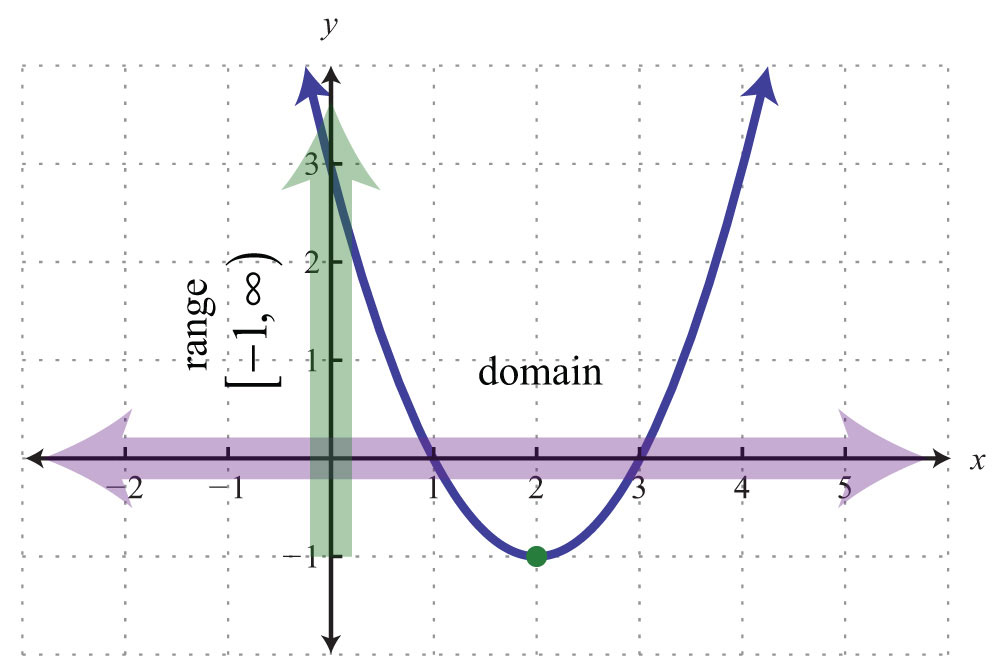a function is before we talk about what it means that what the domain of a function means.
So function we can view as something -- so I put a function in this box
here and it takes inputs, and for a given input, it's going to
produce an output which we call f of x. So, for example, let's say that
we have the function -- let's say we have the function f of x is equal to 2 over x. So in this case if -- let me see -- that's my function f. If I were to input the number 3.
Well, f of 3 that we're going to output -- we have, we
know how to figure that out. We've defined it right over here. It's going to be
equal to 2 over 3. It's going to be equal to 2 over 3.
So we're able, for that input, we're
able to find an output. If our input was pi, then we input into our function and then
f of pi -- when x is pi, we're going to output
f of pi, which is equal to 2 over pi. So we
could write this as 2 over pi. We're able to find the output
pretty easily.
But I want to do something interesting. Let's attempt to input 0 into the function. If we input 0 then
the function tells us what we need to output. Does this
definition tell us what we need to output? So if I attempt to put x equal 0, then this
definition would say f of 0 be 2 over 0, but 2 over 0 is
undefined.
Rewrite this -- 2 over 0. This is undefined.
This function definition does not tell us what to actually do with 0. It gives us an
undefined answer. So this function is not defined here.
It gives a question mark.
So this gets to the essence of what domain is. Domain is the set of all inputs over
which the function is defined. So the domain of this
function f would be all real numbers except for x equals 0. So we write down these, these big ideas.
This is the domain -- the domain of a function -- Actually let me write that out.
The domain of a function A domain of a function is the set of all inputs -- inputs over which the function is defined -- over which the function is defined,
or the function has defined outputs over which the function has defined outputs. So the domain for this f
in particular -- so the domain for this one -- if I want
to say its domain, I could say, look, it's going to
be the set of these curly brackets. These are kind of typical mathy set notation. I said OK
, it could be the set of -- I gonna put curly brackets like that.
Well, x can be a
member So this little symbol means a
member of the real numbers. But it can't be any real number. It could be most of the real numbers except it
cannot be 0 because we don't know -- this definition is undefined when
you put the input as 0 So x is a member of the real numbers,
and we write real numbers -- we write it with this kind of double stroke right over here.
That's the set of all real numbers such that -- we have to put
the exception. 0 Is not a -- x equals to 0 is not a member of that
domain -- such that x does not -- does not equal 0.
Now let's make this a little bit
more concrete by do some more examples So more examples we do, hopefully the clearer this will become.
So let's say we have another function. Just be clear, we don't
always have to use f's and x's. We could say, let's say we
have g of y is equal to the square root of y minus 6. So what is the domain here? What is the set of all inputs over which this function g
is defined? So here we are in putting a y it to function g and we're gonna output g of y.
Well it's going to be defined
as long as whatever we have under the radical right over here is non-negative. If this becomes a
negative, our traditional principal root operator here is not defined. We need something that --
if this was a negative number, how would you take the principal
root of a negative number? We just think this is kind of the the
traditional principal root operator. So y minus 6, y minus 6 needs to be greater than or equal to 0, in order for, in order for g
to be defined for that input y.
Or you could say add six to both sides.
Y is to be greater than or equal 6. Or you could say g is defined for any inputs
y that are greater than or equal to 6. So you could say the domain here, we
could say the domain here is the set of all y's that are members of
the real numbers such that y, such that they're also
greater than or equal, such that they're also greater than or equal to 6. So hopefully
this is starting to make some sense -- You're all used to a function that is
defined this way.
You could even see functions that are divided fairly exotic ways. You could see a
function -- let me say h of x -- h of x could be defined as -- it literally
could be defined as, well h of x is gonna be 1 if x is equal to pi and it's equal to 0 if, if, x is equal to 3. Now what's the domain
here? And I encourage you to pause the video and think about it. Well, this function is actually only
defined for two input.
If you, we know h of -- we know h of pi --
if you input pi into it we know you're gonna output 1, and
we know that if you input 3 into it h of 3, when x equals 3, you're going to
-- you're going to -- put some commas here. You're gonna get 0.
But if you input anything else, what's h of 4 going to be? Well, it hasn't defined. It's undefined.
What's h of negative 1 going to be? It hasn't defined. So the domain, the domain here, the domain of h is literally -- it's just literally
going to be the the two valid inputs that x can be are 3 and pi.
These are the only valid inputs.
These are the only two numbers over which this function is actually defined.
So this hopefully starts to give you a flavor of why we care about to the domain.
It's not all functions are defined over all real numbers. Some are defined
for only a small subset of real numbers, or for some other
thing, or only whole numbers, or natural numbers, or positive numbers, and negative
numbers. So they have exceptions. So we'll see that as we do
more and more examples..




